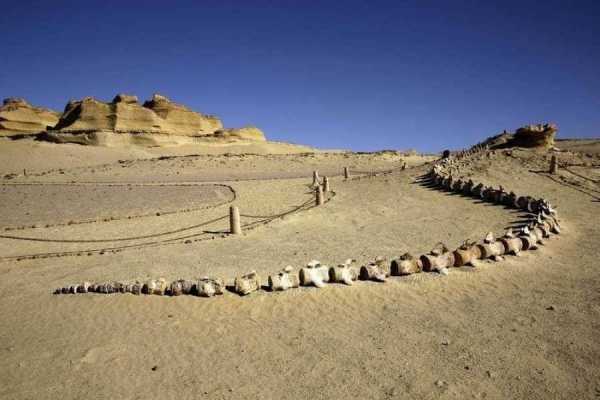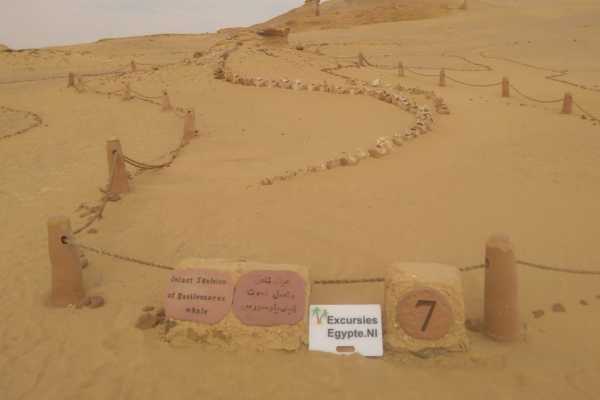- Home
-
Egypt Day Tours
- Egypt Day Tours
-
Cairo Tours
- Cairo Tours
- Cairo day Tours
- Cairo half day tours
- Night Tours
- Cairo Travel Packages
- Nile Cruise tour Packages
- Cairo Desert and Safari tours
- White desert Excursions
- Siwa tours from Cairo
- Luxor Excursions From Cairo
- Aswan tours From Cairo
- Fayoum Excursions From Cairo
- Alexandria tours from Cairo
- Sound and Light show Excursion
-
Hurghada Tours
- Hurghada Tours
- Hurghada Travel Packages
- Nile Cruises from Hurghada
- Aswan Tours From Hurghada
- Speedboat trips from Hurghada
- Submarines Trips in Hurghada
- Swim With Dolphins Hurghada
- Scuba diving From Hurghada
- Private boat Trips from Hurgha
- Hurghada Parasailing tours
- Dendera and Abydos from Hurgha
- Hurghada shopping city tours
- Luxor Tours from Hurghada
- Cairo tours from Hurghada
- Safari trips from Hurghada
- White desert Tours From Hurghd
- Snorkeling Trips from Hurghada
-
Marsa alam tours
-
El Gouna Tours
-
Makadi bay tours
- Makadi bay tours
- Luxor Tours From Makadi
- Cairo Tours From Makadi
- Aswan Tours From Makadi
- Safari Tours From Makadi
- Snorkeling Tours From Makadi
- Submarine Trips From Makadi
- Makadi bay Parasailing Tours
- Parasailing Tours from Makadi
- Dendera and Abydos from Makadi
- Nile cruises from Makadi bay
- Private boat Trips from Makadi
- Makadi Parasailing Excursions
-
Portghalib tours
-
Sahel Hashesh tours
-
Sharm el Sheikh Tours
-
Aswan Tours
-
Soma bay tours
-
Luxor tour
- Contact Us
- Payment Policy
-
Tour Packages
-
Airport transfers
- Airport transfers
-
Cairo
-
Hurghada
-
Marsa alam
-
Luxor
-
Aswan airport Transfers
-
Sharm El sheikh
- Egypt tours Faq
-
Shore Excursions
- About us
-
Egypt Nile Cruises
-
Egypt Attractions
- Egypt Attractions
-
Cairo Attractions
-
Luxor Attractions
-
Aswan attractions
-
Marsa Alam Attractions
-
Bahariya Attractions
-
Fayoum attractions
-
Siwa Attractions
- Sakkara Attractions
-
Giza attractions
- Damietta Attractions
- Hurghada attractions
- Covid 19
1-Wadi E Hitan National Park in Egypt
Think to visit 5000-year-old tombs and temples is peering into antiquity? Try 40 million-year-old whales! Wadi Al-Hitan, 150 miles southwest of Cairo, is a UNESCO heritage site, remnants of the ancient Tethys Sea when Egypt was covered with water and sea cows, crocodiles, and turtles swam. But its greatest claim to fame is the glimpse it provides into the evolution of whales.
Fifty million years ago, whale ancestors walked on land while also hunting in the shallow seas, much like sea otters do today. Over the next 10 million years, archeocetes (ancient whales) evolved a more marine lifestyle. In 2016 the Wadi Al Hitan Fossil and Climate Change Museum opened with excellent exhibits in English and Arabic describing the environmental changes over time in the area and how land-based mammals evolved to return to the sea. But the fossils are not just in display cases. Entire skeletons of Basilosaurus and Dorudon that still retain small hind limbs not seen in modern whales are on display along a walking trail littered with invertebrate fossils and bone bits.
Wadi Al-Hitan receives only about 1000 visitors a year. Access is via 4 WD vehicles over a sand blown road. Our driver enjoyed giving us an extra thrill going off-road at times to navigate sand dunes and showing off his vehicular acrobatics.

2-Climate Change Museum
The newly completed Wadi Hitan Fossil and Climate Change Museum features the largest intact “Basilosaurus isis” whale fossil and a unique collection of fossils found nowhere else in the world. Wadi El Hitan was transformed through climate change from sea to a hyper-arid desert through millions of years. The museum aims to educate the public about climate change and raise awareness about preventing its negative effects on the environment and people.
The museum has been built by the United Nations Development Programme in partnership with the Government of Egypt and the financial support of the Government of Italy within a collective set of actions being implemented to support the conservation of protected areas, promote eco-tourism, and sustainable development links environment protection and sustainable use of natural resources.







